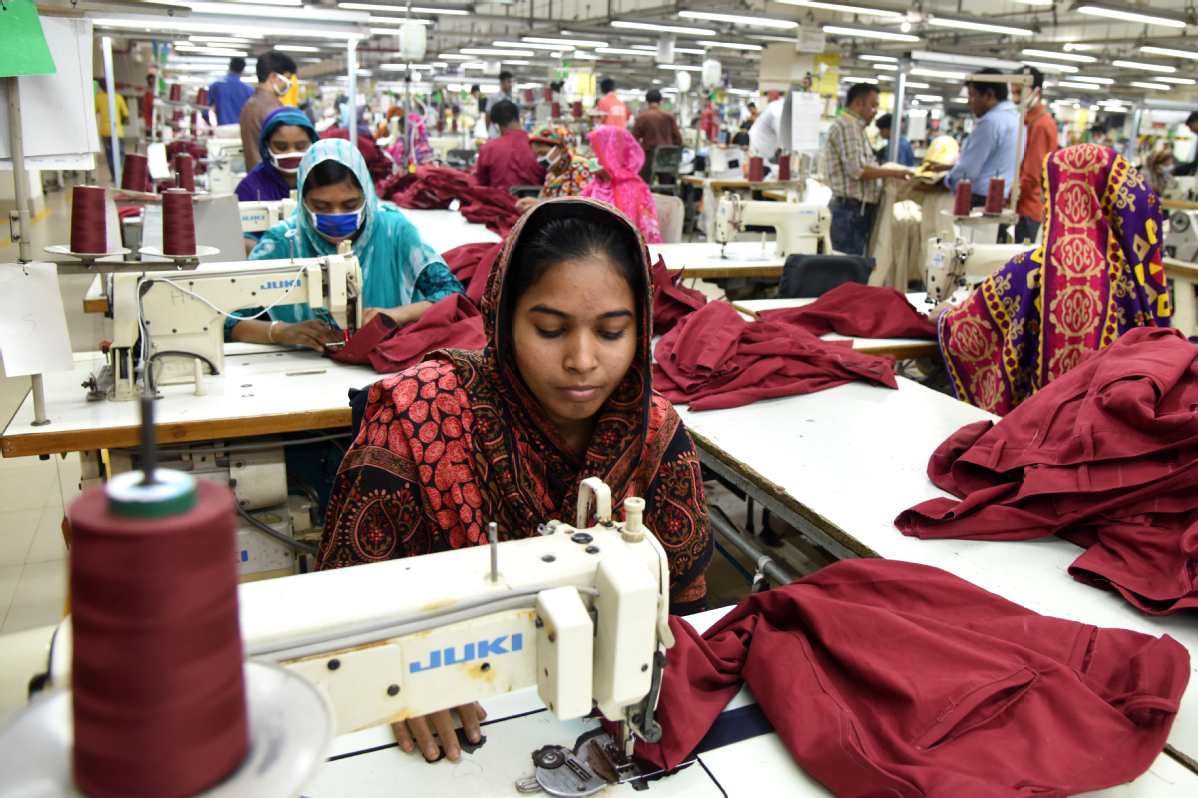Younger workers vulnerable to pandemic threat


Internships affected
Felix Yip, associate director of the Centre for Human Resources Strategy and Development at Hong Kong Baptist University, said that in addition to full-time jobs, university graduates need to face the fact that the pandemic has drastically reduced internship opportunities.
Yip said this situation will persist for the next three to six months, and that economic recovery will take a long time. With businesses now tightly connected globally, easing pandemic controls in one country or region is not sufficient to restore the whole world to health, especially when the number of infections in countries such as the United States is still high, he said.
Many developing countries in Asia rely on doing business with developed nations, Yip said, adding that unlike China, not all nations in the region have sufficiently strong domestic consumption to boost their economies.
" (Young people) will have to wait," he said, suggesting that instead of trying to secure full-time employment, graduates consider taking up casual work or short-term jobs to gain work experience.
Kashif Mansoor, a research scholar at the Centre for Development Studies in Trivandrum in the Indian state of Kerala, said events such as the Great Depression of 1929 and the 2008 global financial crisis exposed the vulnerability of young people in the labor market.
This group is also likely to be working part-time, seasonally, or in jobs with less security, Mansoor said, adding that many such employees have been affected in sectors ravaged by the pandemic.
Even before the outbreak, the unemployment rate among young people in India was 17.8 percent, compared with the overall rate of 6.1 percent, according to the Periodic Labor Force Survey 2017-18 undertaken by the country's National Sample Survey Office.
In addition, people in the 15-29 age group comprise one-third of domestic migrants in India, Mansoor said, citing a World Bank report that estimated that nearly 40 million such migrants have been affected by the nationwide lockdown.
India, Asia's third-largest economy, imposed the lockdown on March 25, and the country remains under partial confinement due to the rising number of COVID-19 cases. As of Aug 13, the number of infections from the disease stood at nearly 2.4 million, with more than 47,000 deaths.
The Indian government has taken measures to stimulate the economy and employment, including a special stimulus package worth $267 billion, or 10 percent of the country's GDP, and other employment subsidies.
"Many of the government's proposals are credit-focused or aimed at easing liquidity concerns for many affected sectors," Mansoor said. "The government needs to boost demand in the economy. This can be done by providing cash and other forms of support to the poorest families ... and by restarting the completely-stalled economy."
Lee, from Adecco, said many countries in Asia have launched job support programs for younger workers.
"China is subsidizing companies to basically improve the recruitment of younger people through employment stabilization subsidies," he said. "In Singapore, if a company is employing fresh graduates from college or university, it can (apply for subsidies) of up to 75 percent of their salary for up to six months."
Some governments are providing training for the jobless and for younger people in work.
However, improving the youth employment rate is not just a task for governments, Lee said. Dealing with the situation in the long term will require joint efforts from governments, the private sector and schools, he noted.
"Just think how long it is going to take to make the entire population immune from this infection (with vaccines) ... We probably need to be thinking two to three years before things can potentially get back to normal," Lee said.
He expects more young people to lose their jobs in Asia in the next one to two years. "The situation is going to get worse before it gets better," he added.
























